A well-designed living room reflects your personality and style. It’s where you relax, entertain guests, and spend quality time with family. To create a balanced and inviting space, consider several key elements. From furniture layout to color schemes, every detail matters.
The right choices can transform your living room into a cozy, functional, and stylish area. Understanding these elements will help you make informed decisions. This blog will guide you through the essential aspects of living room interior design. Let’s explore the key elements of living room interior design for stylish spaces
Choosing A Color Palette
Selecting the right color palette for your living room can transform the space. Colors impact the mood and ambiance of a room. A well-chosen palette can make your living room feel cozy, vibrant, or serene. Below are key elements to consider when choosing your color palette.
You may like it: Importance of color in interior design
Selecting Base Colors
Begin with base colors. These are the primary colors that will dominate the room. Usually, base colors are neutral shades. Think of whites, grays, and beiges. They provide a clean backdrop. This backdrop makes it easier to add other colors.
Consider the size of your living room. Lighter base colors can make a small room feel larger. Darker shades add depth and coziness. Also, check the natural light. Rooms with less light benefit from lighter base colors.
Incorporating Accent Shades
Accent shades add personality to your living room. These colors should complement your base colors. They can be bold or subtle. Use accent shades in smaller areas. Think of cushions, rugs, or art pieces.
Here is a simple way to balance base and accent colors:
|
Element |
Base Color |
Accent Shade |
|---|---|---|
|
Walls |
Gray |
Blue |
|
Sofa |
Beige |
Orange cushions |
|
Rug |
White |
Patterned design |
Use the 60-30-10 rule. This rule helps balance colors. 60% of the room should be base colors. 30% secondary colors. 10% accent shades. This creates harmony and visual interest.
Remember to test your colors. Paint small patches on your walls. Check them at different times of the day. This ensures your chosen palette works well in all lighting.
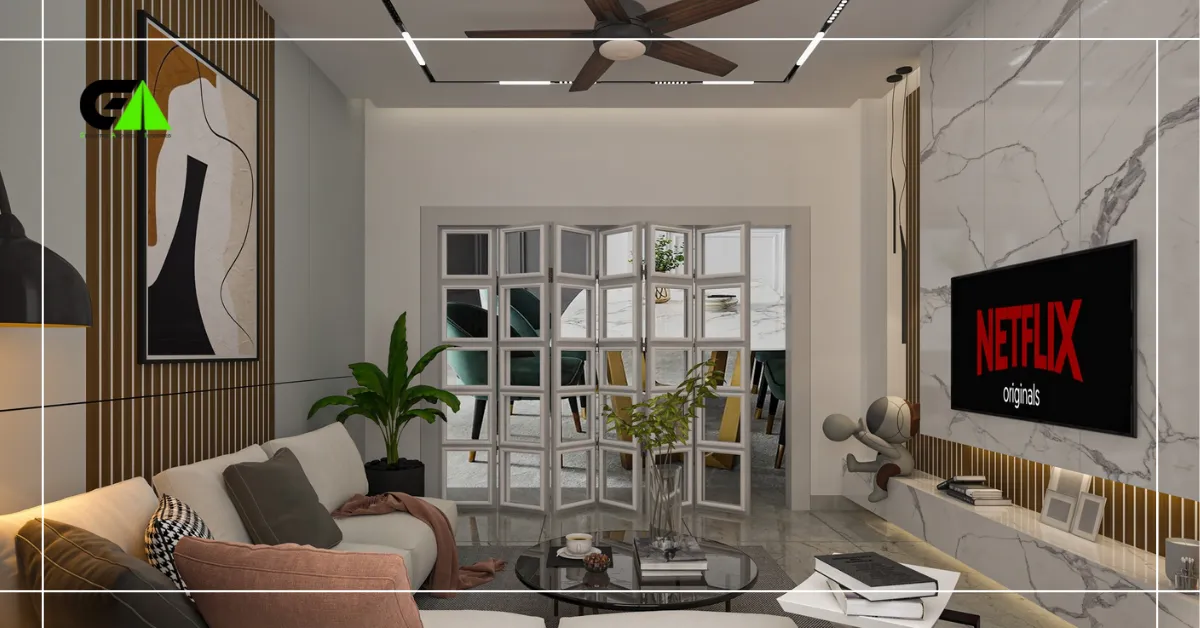
Furniture Selection
Choosing the right furniture for your living room is crucial. It sets the tone for the entire space. A well-thought-out selection can transform any room into a cozy retreat. This section will help you pick the perfect sofa, tables, and chairs for your living room.
Choosing The Right Sofa
The sofa is often the centerpiece of the living room. It needs to be comfortable and stylish. Consider the size of your room before picking a sofa. A large sofa can overwhelm a small room. Likewise, a small sofa may look out of place in a large room. Think about the fabric too. Leather is durable and easy to clean. Fabric sofas offer more color and texture options.
Another factor to consider is the style. Do you prefer a modern look or a classic one? Sectional sofas are great for larger spaces and provide ample seating. Loveseats are ideal for smaller rooms. Make sure to measure your space carefully and visualize how the sofa will fit in.
Complementary Tables And Chairs
Tables and chairs should complement the sofa and the overall room design. A coffee table in front of the sofa can serve as a focal point. It’s useful for placing drinks, books, and decor items. Choose a coffee table that matches the height of your sofa cushions.
Side tables are also essential. They provide extra surfaces for lamps, plants, and other items. Chairs can add extra seating and style. Consider accent chairs for a pop of color or a unique pattern. Ensure all pieces work together to create a harmonious look.
|
Element |
Considerations |
|---|---|
|
Sofa |
Size, Fabric, Style |
|
Coffee Table |
Height, Functionality |
|
Side Tables |
Placement, Usefulness |
|
Chairs |
Color, Pattern, Comfort |
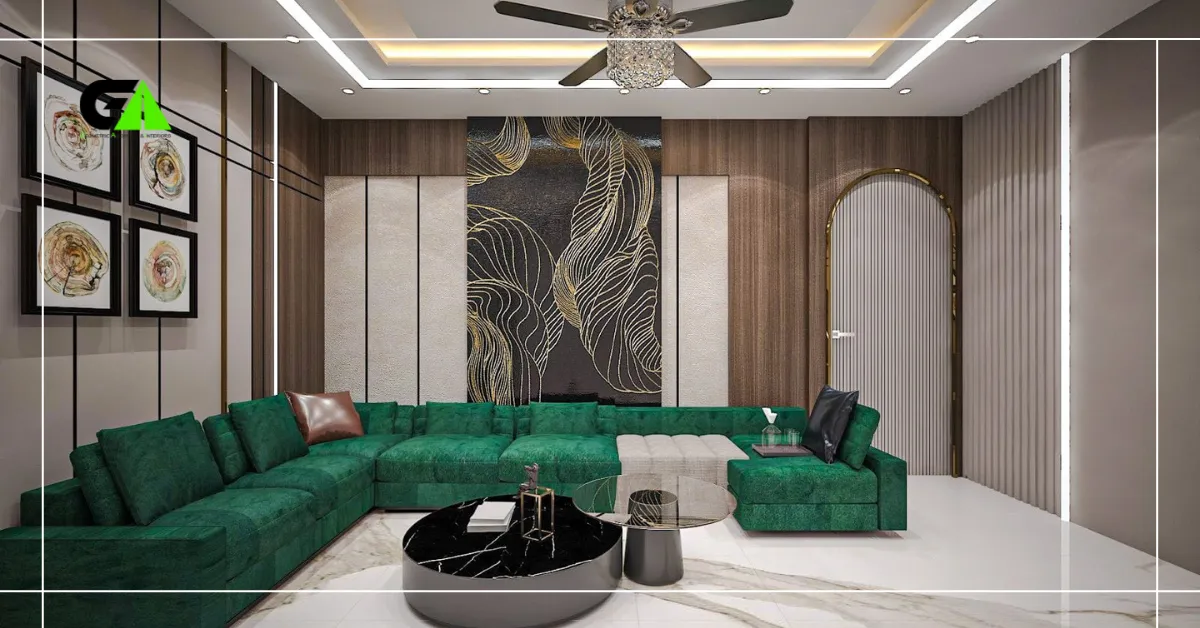
Lighting Options
Lighting is one of the most important key elements of living room interior design. Proper lighting can transform the space, creating a welcoming and comfortable environment. Different lighting options cater to various needs, from general illumination to highlighting specific areas or items. Understanding these options helps in designing a balanced and functional living room.
Ambient Lighting
Ambient lighting serves as the primary source of light in the living room. It ensures the entire room is well-lit, creating a cozy atmosphere. Ceiling lights, chandeliers, and recessed lighting are common choices. They provide overall illumination, making the space bright and inviting.
Dimmers can control the intensity of ambient lighting. This feature allows for adjusting light levels based on the time of day or activity. Soft, diffused light helps in avoiding harsh shadows and glare, making the room more comfortable.
Task And Accent Lighting
Task lighting focuses on specific activities like reading or working. Floor lamps, table lamps, and under-cabinet lights are typical examples. They provide direct light to a particular area, ensuring tasks are performed efficiently.
Accent lighting highlights particular features in the living room. It can draw attention to artwork, plants, or architectural details. Wall sconces, track lighting, and spotlights are commonly used for accent lighting. They add depth and dimension, enhancing the room’s aesthetic appeal.
Combining these lighting options creates a layered effect. This approach adds functionality and visual interest to the living room. Each type of lighting serves its purpose, contributing to a well-designed and harmonious space.
You may like it: Importance of lighting in interior design
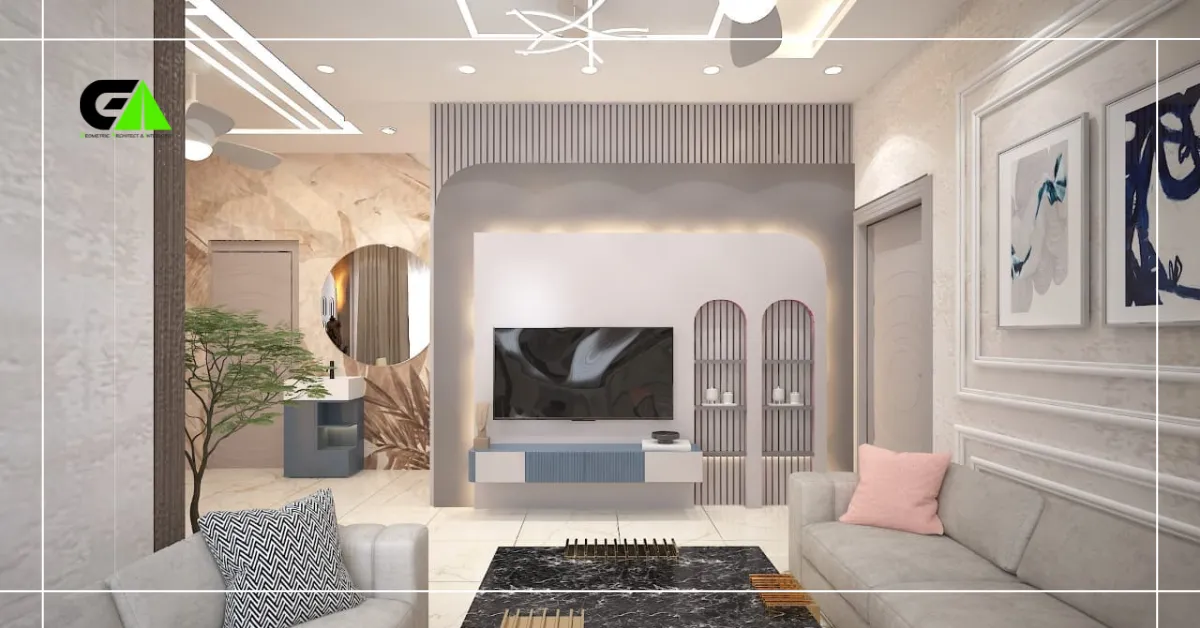
Flooring Choices
Choosing the right flooring is crucial for living room design. Hardwood, carpet, or tile can set the room’s tone. Each option offers a unique blend of style and comfort.
Choosing the right flooring is essential for your living room. The floor sets the tone of the room. It can make the space feel warm and inviting or cool and modern. Let’s explore some popular flooring options.
Hardwood Vs. Carpet
Both hardwood and carpet have their advantages. Hardwood floors are durable and easy to clean. They add a touch of elegance to any room. You can choose from various types of wood, each with its unique grain and color.
Carpet, on the other hand, offers warmth and comfort. It is perfect for homes with children or pets. Carpet comes in many colors and textures, allowing you to add a personal touch to your space.
| Hardwood | Carpet |
|---|---|
| Durable | Comfortable |
| Easy to clean | Warm |
| Elegant look | Soft underfoot |
| Various wood types | Many colors |
Adding Area Rugs
Area rugs are a fantastic way to enhance your living room. They can tie the room together and add a pop of color. You can place them over hardwood floors or carpets.
An area rug can define a seating area and add a layer of comfort. They come in various sizes, patterns, and materials. You can easily change them to update your room’s look.
- Adds color and pattern
- Defines seating areas
- Extra comfort
- Easy to switch out
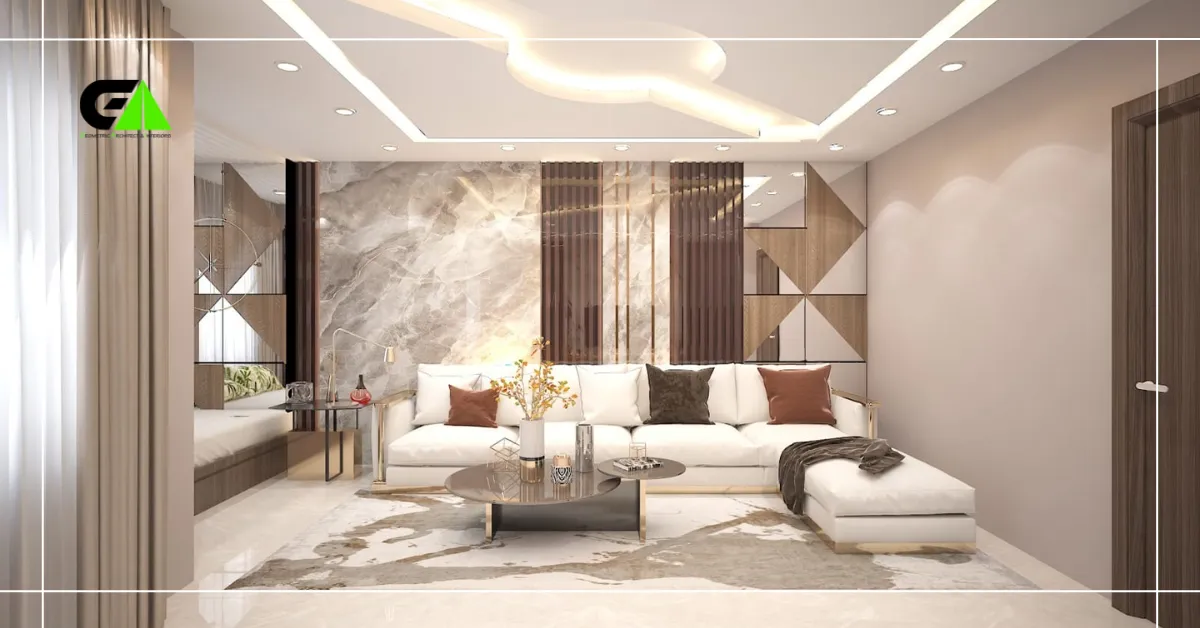
Living Room Wall Decor
Wall decor transforms the look and feel of your living room. It reflects your personality and sets the tone for the space. Choosing the right wall decor is crucial for creating a harmonious and inviting atmosphere. Let’s explore some key elements of wall decor that can elevate your living room interior design.
Artwork And Paintings
Artwork and paintings bring color and character to your walls. They can be a focal point or complement your existing decor. Choose pieces that resonate with your style and theme. Position them at eye level for the best visual impact. Mix and match different sizes and frames for a dynamic display. Avoid overcrowding the walls; balance is key.
Shelves And Mirrors
Shelves and mirrors add both function and style to your living room. Shelves provide space for books, plants, and decorative items. They keep your room organized while adding visual interest. Mirrors create the illusion of more space and reflect light. Place a large mirror opposite a window to maximize natural light. Floating shelves offer a modern touch, while built-in shelves give a classic look.

Incorporating Textiles
Incorporating Textiles is an essential part of living room interior design. Textiles add warmth, color, and texture to the space. They can transform a bland room into a cozy and inviting retreat. Two key elements to consider are curtains and drapes and cushions and throws.
Curtains And Drapes
Choosing the right curtains and drapes can make a significant difference in your living room. They frame the windows, control light, and enhance privacy. Here are a few tips:
-
Fabric: Choose heavy fabrics for a luxurious feel. Light fabrics work well for a breezy look.
-
Color: Neutral tones match most decor styles. Bold colors add a focal point.
-
Length: Curtains should touch the floor. This creates an elegant look.
Cushions And Throws
Cushions and throws add comfort and style. They are versatile and can be changed easily. Consider the following:
-
Patterns: Mix and match patterns. This adds visual interest.
-
Textures: Combine different textures. Smooth, rough, and soft fabrics create depth.
-
Colors: Use colors that complement your overall color scheme. This ties the room together.
Incorporating textiles in these ways can elevate your living room design. It makes the space more inviting and comfortable for everyone.
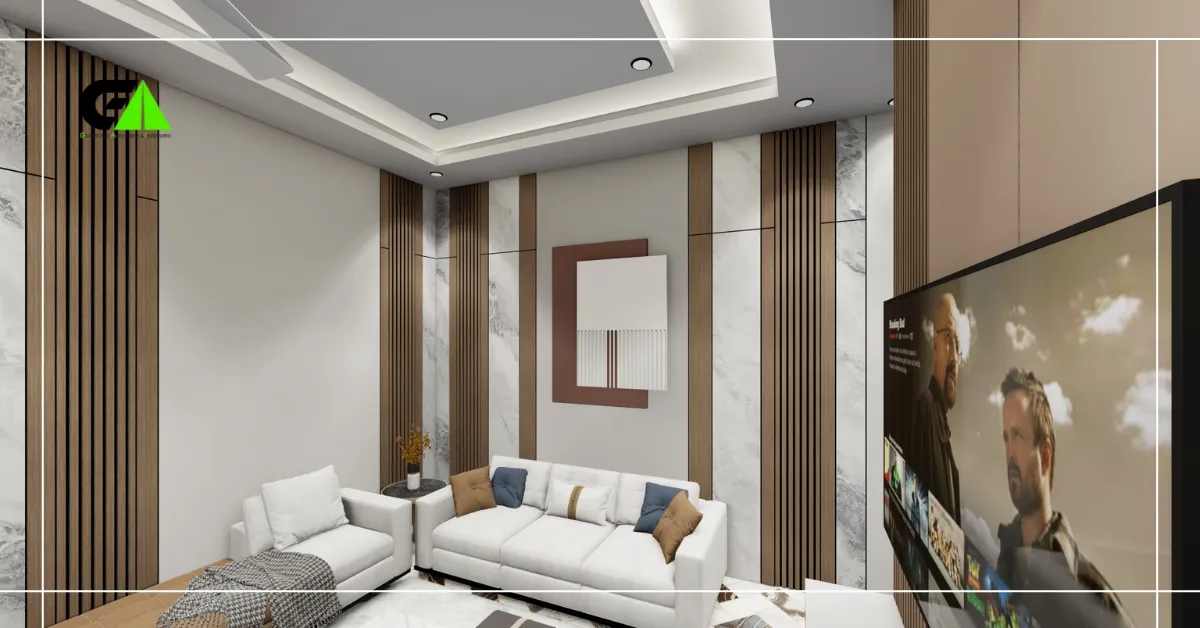
Maximizing Space
Maximizing space in your living room is essential for creating a comfortable and functional area. This can be achieved through thoughtful furniture arrangement and the use of multi-functional pieces. Let’s explore these key elements to make the most out of your living room space.
Furniture Arrangement
Arranging furniture properly can significantly impact the perceived space in your living room. Start by identifying the focal point of the room. It could be a fireplace, a television, or a large window. Arrange your seating around this focal point to create a welcoming atmosphere.
Use furniture that fits the scale of your room. Avoid oversized pieces that can make the space look cramped. Instead, opt for sleek and streamlined furniture. This will give the room a more open feel.
Consider the flow of traffic when arranging your furniture. Ensure there is enough space for people to move around comfortably. This can be done by placing furniture in a way that does not obstruct pathways.
Multi-functional Pieces
In a small living room, every piece of furniture should serve more than one purpose. Multi-functional furniture can help save space and add convenience. For example, use a sofa bed for seating during the day and as a bed at night.
Storage ottomans are another great option. They provide a place to sit and can store blankets, magazines, or toys inside. Nesting tables can be stacked together when not in use and separated when needed.
Look for coffee tables with built-in storage or shelves. These can hold books, remote controls, or other items, keeping the room tidy. Wall-mounted shelves are also great for storing items without taking up floor space.
|
Furniture Type |
Multi-functional Use |
|---|---|
|
Sofa Bed |
Seating and sleeping |
|
Storage Ottoman |
Seating and storage |
|
Nesting Tables |
Flexible surface space |
|
Coffee Table with Storage |
Surface and storage |
By using these strategies, you can maximize your living room space effectively. Thoughtful furniture arrangement and multi-functional pieces can transform your living room into a spacious and inviting area.
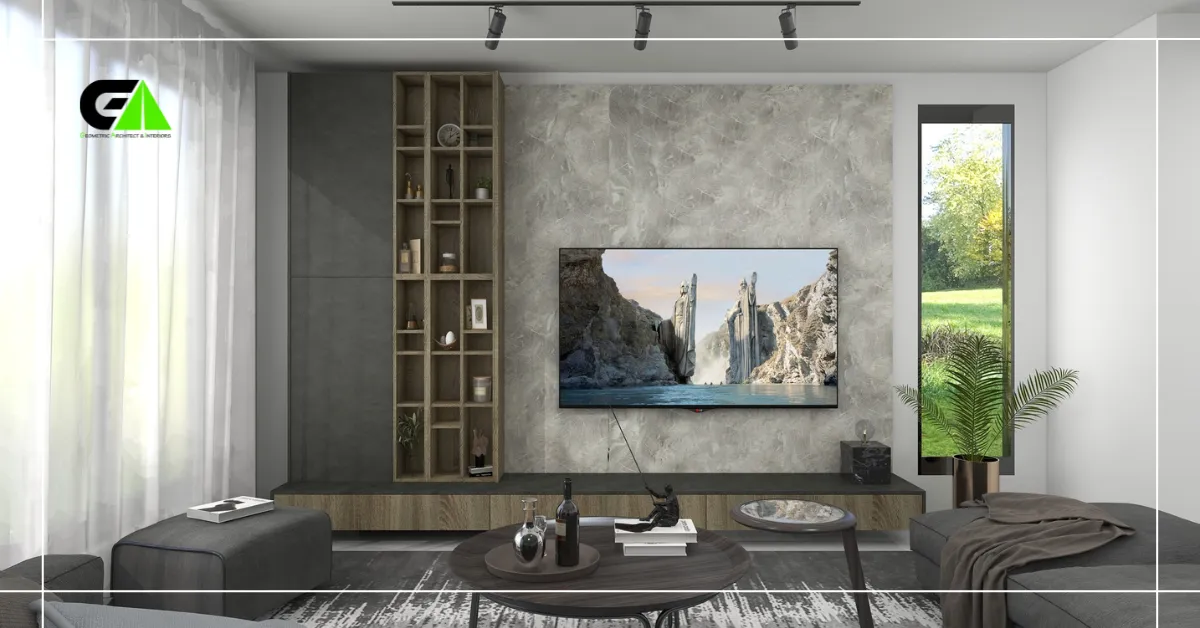
Personal Touches
Your living room should reflect your unique style and personality. Adding personal touches can transform a simple space into a warm and inviting haven. Let’s explore a few ways to add these special elements to your living room.
Family Photos
Family photos are a timeless way to personalize your living room. They tell your story and remind you of cherished moments. Consider creating a gallery wall with a mix of framed photos and artwork. Use frames of different sizes and styles to add visual interest. Arrange them in a way that feels balanced yet dynamic.
If wall space is limited, opt for a photo shelf. This allows you to easily swap pictures as your family grows or your tastes change. For a cohesive look, use frames in a consistent color palette that complements your living room decor.
Unique Accessories
Unique accessories can make a big impact in your living room. These items can range from quirky sculptures to vintage finds. Each piece should tell a story or hold personal significance.
Consider the following ideas:
-
Travel Souvenirs: Display items from your travels. They spark conversations and showcase your adventures.
-
Handmade Items: Incorporate handmade crafts or artwork. These add a personal touch and support artisans.
-
Antique Pieces: Mix in a few antique pieces. They add character and a sense of history.
Don’t overcrowd the space with accessories. Select pieces that resonate with you and enhance the overall theme of your living room.
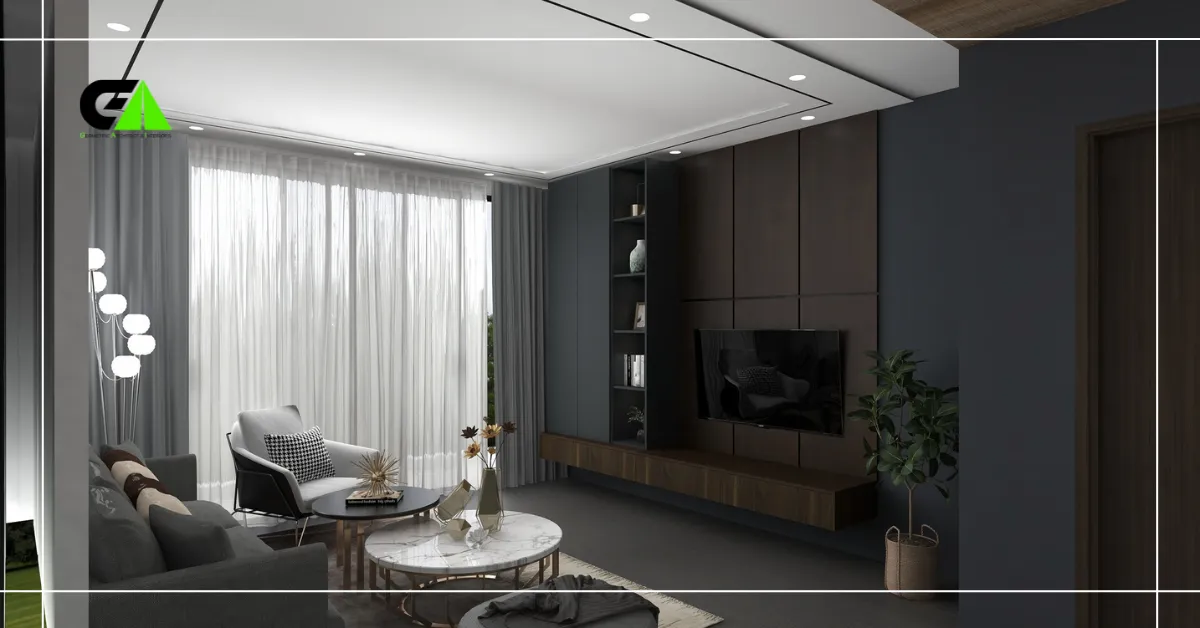
Frequently Asked Questions
What Are The Key Elements Of Living Room Design?
The key elements include furniture, lighting, color schemes, flooring, and decor. Each element plays a crucial role. Together, they create a cohesive and inviting space.
How To Choose The Right Furniture?
Choose furniture that fits your space and lifestyle. Prioritize comfort and functionality. Ensure it complements your overall design style.
What Color Scheme Works Best?
Neutral tones are versatile and timeless. They provide a calm backdrop. Add pops of color through accessories for vibrancy.
Why Is Lighting Important In Living Rooms?
Lighting sets the mood and enhances functionality. Use a mix of ambient, task, and accent lighting for balance.
Conclusion
Creating a beautiful living room involves balancing comfort, style, and functionality. Focus on selecting the right furniture. Choose colors that reflect your personality. Add textures to create depth and interest. Lighting plays a crucial role. Use a mix of natural and artificial light.
Personal touches make the space feel like home. Include artwork, photos, and unique decor items. Remember, a well-designed living room should be inviting and practical. With these key elements, you can design a space you’ll love to spend time in.
Enjoy the process and let your creativity shine.

